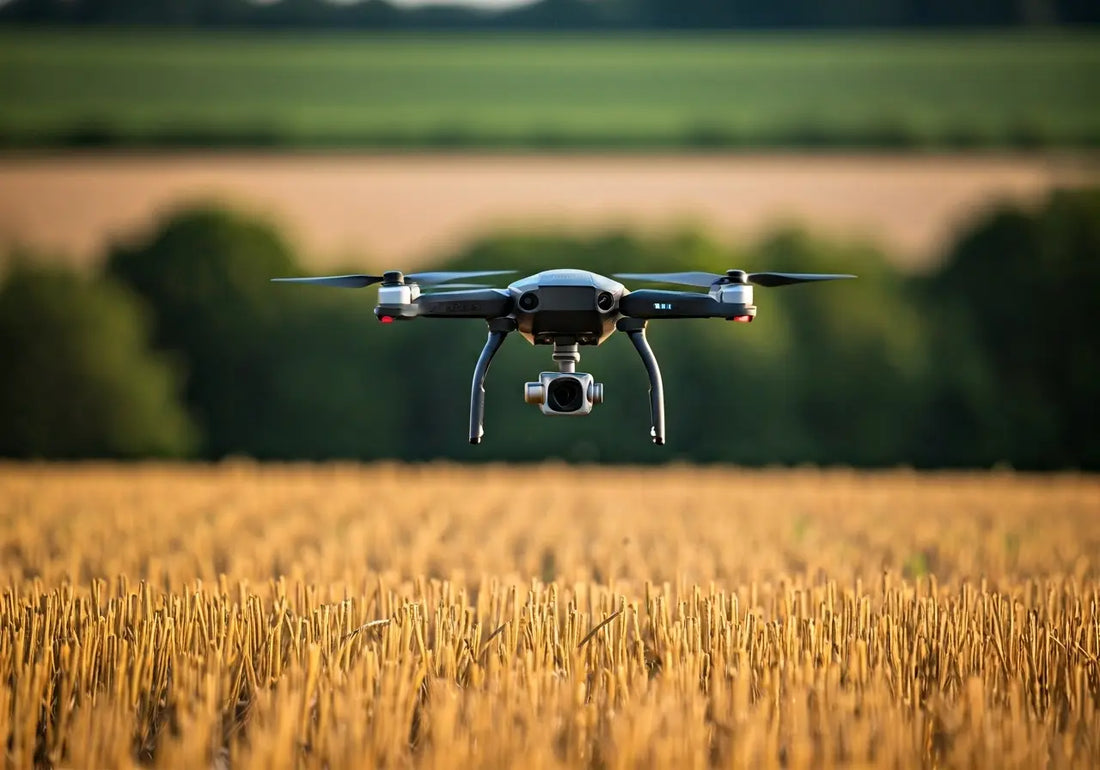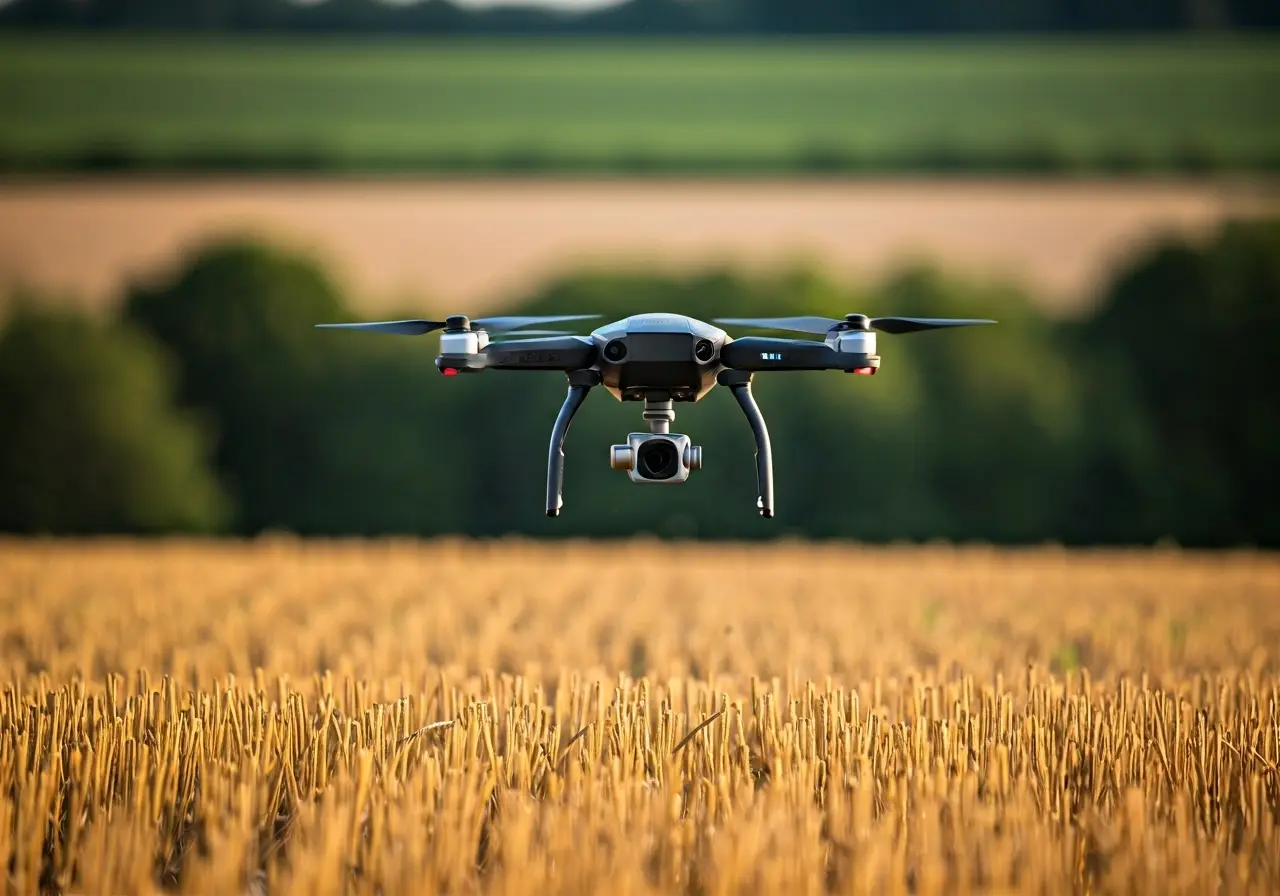
7 Tips for Using a Drone Spreader on Your Farm
Share
Drones have revolutionized agricultural practices, making farming more efficient and effective. However, using a drone spreader may seem daunting at first. In this friendly guide, we’ll share some tips to help you make the most out of your drone spreader and achieve the best results for your farm.
1. Understanding the Basics
Before taking flight, familiarize yourself with the drone spreader’s features and functions. Understanding the manual is crucial to ensure safe and effective use.
Diving into the world of drones can be overwhelming. Start by exploring tutorials and guides specific to your drone model. These resources are invaluable for gaining hands-on insight into operating your drone spreader efficiently and effectively. Many farmers find it helpful to join online forums or local groups where they can discuss tips and experiences with fellow drone users. This community-driven approach not only enriches your understanding but can also spark innovative ways to use your drone spreader.
Knowledge of relevant regulations is also essential. Ensure you are compliant with any local ordinance or federal aviation rules that govern drone usage in agriculture. Being aware of the FAA’s guidelines for unmanned aircraft systems is an excellent starting point to keep your operations legal and safe. By doing so, you not only avoid hefty fines but also contribute to a safer environment for everyone involved.
2. Pre-Flight Preparations
Always conduct a thorough pre-flight check. Check battery levels, propeller conditions, and ensure all systems are functioning correctly to avoid any mishaps.
Having a consistent pre-flight routine can save you from unexpected interruptions. Make it a habit to examine the sensory and navigation systems of your drone spreader. Verify that the GPS and other positioning tools are operational. This way, you can maintain the drone’s stability during flight and enhance distribution precision over your fields.
Another vital pre-flight step is to map out your fields with keen attention to detail. Employ tech-friendly solutions like geospatial mapping to create effective flight paths. These tools help you visualize your entire field, allowing for adjustments in your spread strategy based on terrain variations or pre-existing obstacles.
3. Choosing the Right Spread Settings
Adjust the spread settings according to your crop needs. This ensures the right amount of seed or fertilizer is distributed evenly across your fields.
Consider the type of material, whether it’s seed, fertilizer, or pesticide when adjusting your spread settings. Each material requires a different approach to achieve uniform coverage. It’s beneficial to understand the characteristics of your crops to fine-tune your settings accurately. Reflect on past seasons to see what configurations yielded the best results.
4. Optimizing Flight Paths
Plan your flight paths strategically. Efficient routes minimize fuel use and time while maximizing coverage of your fields.
Incorporate real-time data to refine your flight paths continually. Leveraging tools such as RTK technology can enhance navigation accuracy by compensating for satellite signal delays. By using these advanced systems, you improve path precision, reducing overlap and resource wastage while guaranteeing that each soil patch receives the right amount of nutrients or seeds.
5. Monitoring Weather Conditions
Always keep an eye on the weather. Windy or rainy conditions can affect drone stability and spread accuracy, so flight on clear days when possible.
You might find it beneficial to explore weather applications that provide up-to-the-minute updates on conditions in your field area. Services like The Weather Channel allow you to predict the best windows for operating your drone. Avoiding adverse conditions not only prolongs the life of your drone but also ensures the success of your spread tasks, safeguarding your yields from being negatively impacted by external elements.
6. Safety First Approach
Safety should always be a priority. Ensure all operators and nearby workers are aware of drone operations and stay clear of flight paths.
Incorporate proper training sessions for anyone involved in your drone operations. Comprehensive safety training covers everything from emergency procedures to handling equipment malfunctions, ensuring you’re prepared for any scenario. A well-informed team contributes significantly to an accident-free working environment, reflecting your commitment to safety.
7. Regular Maintenance and Updates
Keep your drone spreader in top shape with regular maintenance. Update software as needed to incorporate new features and improve performance.
Establish a routine for maintenance that includes regular cleaning and part replacements. It’s also advisable to keep abreast of the latest firmware updates offered by the drone’s manufacturer. These updates often include performance enhancements and security patches essential to preventing mishaps during operations. Consistently updated systems translate into smoother flights and more reliable performance.

